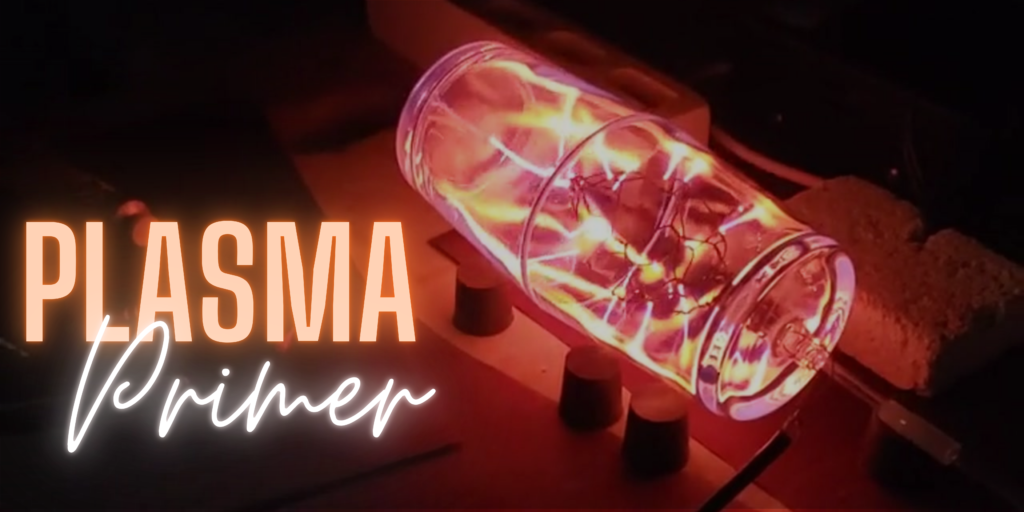Without further ado, onto the podcast!
Show Notes
|
Intro Music: Boost by Joakim Karud
www.joakimkarud.com https://soundcloud.com/joakimkarud www.patreon.com/joakimkarud |
Outro Music: The Process by LAKEY INSPIRED
WWW.LAKEYINSPIRED.COM https://soundcloud.com/lakeyinspired www.patreon.com/lakeyinspired |
- Canberra Glassworks
- short residency meeting Richard Wheater and Branden Van heck
- Steven cole and Emma Kate Hart aka Neon Hart
- Sound addition wiht Brian McNamara aka Rare beast
- Electrode Attachment (“cold” attachment)
I’d like to thank Harry for taking the time to be on the podcast, especially between residencies. And for being open to talk about her experience in working with a new and difficult medium. Also, I’d like to thank Pittsburgh Glass Center for supporting me as a place of research and inspiration, as well as encouraging me to pursue this project, and the Plasma Art Alliance where I have access to the well of knowledge and connects me to some amazing people.
Keep an eye out for more classes at Pittsburgh Glass Center as we work to provide a space for learning neon and plasma. Check us out at www.pittsburghglasscenter.org or call our studio at 412-365-2145.
See you next time!
Percy Echols II
Taming Lightning⚡
More Content
Cold Attached Electrode
|
After making her vessel in the Hot Shop, she then attaches the electrode “cold”. Cold being a relative term for room temperature glass. This process if very similar to what neon benders do, when apply electrodes to thier tubing.
Note that the thicker glass, the the slower you have to heat it, so not to break the glass with Thermal Stess. By doing it this way, especially with Furnace Glass Blowing -Must anneal as soon as possible -Increase breaking
|
|
|
|
Once the electrode is attached, she attaches the small tubulation to the manifold inside of the kiln. This does two things:
|
|





